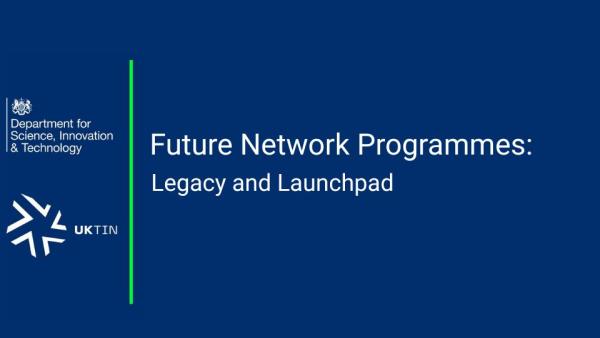
Standards meetings, with all their technical debate and social idiosyncrasies, can be daunting environments at the best of times. For small businesses and start-ups, butting up against much bigger players, they can be even more intimidating.
But beyond the most obvious goal of having your IP included in a future standard — and playing your part in shaping how the world works — there are plenty of other adjacent benefits to consider when weighing up whether to engage with standards bodies.
Before we get into some of those less obvious upsides, it’s important to remember: every SME is going to have its own unique journey with standards. UKTIN is here to help you figure out what’s going to work for you — so do drop us a line.
All of your best customers are there…
Like wildlife at the watering hole, those with a common interest tend to congregate around the same place. So it is with standards meetings, where players of all shapes, sizes, and species from across industry come together to partake.
The goal here, of course, is not hydration but discussion — and, eventually, some form of agreement.
For smaller participants, this tends to be a more constructive environment in which to make more firm connections with potential customers.
There’s a level of technical tangibility at these meetings that isn’t cloaked in a cloud of marketing speak. Execs aren’t being rushed off to another trade show meeting. Cold approach emails aren’t being directed to the junk folder.
It’s a chance to get into the weeds, and show what you’re made of. For that reason, it’s too good an opportunity to pass up.
…and you’ll hear from your competitors too
While approaching standards sessions solely as a means of gathering intel on your rivals isn’t recommended, you are pretty much guaranteed to pick up information that isn’t in the public domain.
This, it goes without saying, can be incredibly valuable. And in just the same way that potential customers will be speaking more candidly in this environment, you’ll be hearing more clearly where your competitors — or indeed potential collaborators — are headed too.
See where compromises are made, and opportunities arise
Standards are a product of human compromise, and as such are resplendent with all the mix of polish and imperfections that we humans contain too. By taking a front seat for the standards-making process, you’ll get a view of which of these imperfections will make their way into a final standard.
Ask any standards veteran, and they’ll have their own war stories of getting agreements over the line. Being there to see which technical compromises are being made in order to make these agreements happen can be hugely valuable.
With this more granular view of what matters, difficult decisions around how to prioritise your own technical efforts in research and development can become more clear cut.
A view of the horizon
Everyone is, understandably, interested in 6G right now — so all eyes are on 3GPP (and ITU-R) where the wrinkles of this new standard will be ironed out. But there is much more besides this to be paying attention to.
Gaining an understanding of the different telecoms standards bodies, what their priorities are, and the direction of travel they’re heading in can help to provide a broader strategic steer for your business as you seek to add structure to your own development roadmap.
All standards bodies are different, with differing structures and operations, and each will have its own quirks and ways of working. It’s important (if sometimes challenging) to learn how these different bodies work in their own ways.
Even as a smaller player in the broader process, being there and being involved will help you understand where your technology’s input can have the greatest impact. It’s across all of these bodies, after all, that the future is moulded.
Andy Reid, Standards Champion, UKTIN









